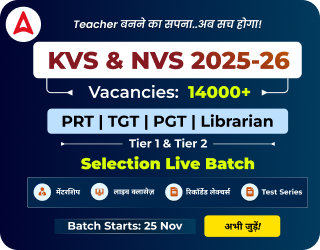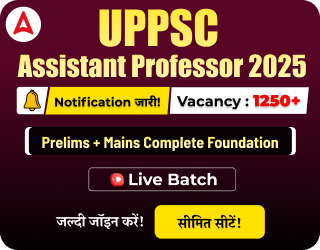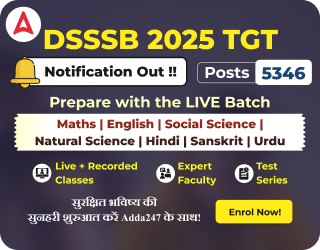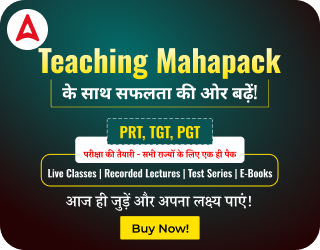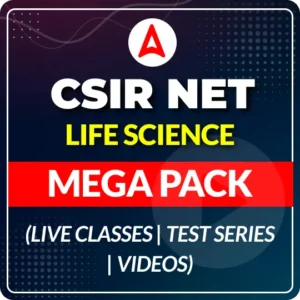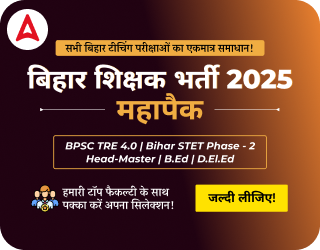Table of Contents
The Bihar Secondary Teacher Eligibility Test (Bihar STET) 2025 officially began on 14 October 2025, conducted by the Bihar School Examination Board (BSEB). The first shift of the exam is over, and students have started sharing their feedback. The paper followed the Computer-Based Test (CBT) mode and covered both subject-specific knowledge and teaching aptitude.
According to initial student responses, the Bihar STET Paper I (Class 9-10) was rated as easy to moderate, with balanced questions from both the subject and teaching aptitude sections.
Bihar STET Exam Analysis 2025: Overview
The Bihar STET Exam Analysis 2025 for 14 October, Shift 1 for SST provides an overall picture of how the first day of the exam unfolded. Conducted in online (CBT) mode, Paper I was designed for Class 9-10 level candidates and included 150 multiple-choice questions worth a total of 150 marks. Candidates were given 2 hours and 30 minutes to complete the paper, with no negative marking for incorrect answers. As per initial reviews from students and experts, the overall difficulty level was easy to moderate, with a fair mix of conceptual and factual questions. Those who attempted between 110 and 125 questions with good accuracy are expected to be in a strong position.
Bihar STET Memory-Based Question
History / Indian National Movement
Question: Who among the following presented the main resolution on the Non-Cooperation Movement during the annual session of the Congress in Nagpur in 1920?
Options:
- Jawaharlal Nehru
- JM Sengupta
- MK Gandhi
- CR Das
Physics / Gravity
Question: Which of the following factors does the acceleration due to gravity on the Earth depend upon?
Options:
- Mass of the Body
- Mass of the Earth
- The volume of the Body
- Shape and Size of the Body
Environmental Studies / Chipko Movement
Question: The important message conveyed by the ‘Chipko Movement’ is:
Options:
- To involve the community in forest conservation efforts
- To ignore the community in forest conservation efforts
- To cut down forest trees for developmental activities
- Government agencies have the unquestionable right to order the destruction of trees
Biology / Cell Biology
Question: The number of mitochondria will be high in:
Options:
- Germinating seeds
- Dormant seeds
- Dry seeds
- None of these
Environmental Science / Energy Sources
Question: Which of the following statements is true about conventional energy sources?
Options:
- They cause minimal pollution
- They are available in limited quantities
- Coal is the most used conventional energy source in the world
- There are sufficient reserves
Environmental Studies / Monoculture
Question: In our country, vast tracts of forests are cleared, and a single species of plant is cultivated. This practice promotes:
(Answer options not visible, but topic implies focus on monoculture and biodiversity loss.)
Science / Microscopy & Discovery
Question: The scientist who used a microscope to study the movement of pollen grains suspended in
water is:
Options:
- J.J. Thomson
- Robert Brown
- John Dalton
- Ernest Rutherford
General Knowledge / Famous Quotes
Question: Which of the following personalities quoted, “Democracy is of the people, for the people, by the people”?
Options:
- Mahatma Gandhi
- Albert Einstein
- Abraham Lincoln
- Rabindranath Tagore
Student Feedback for Bihar STET Exam 14 October Shift 1
Candidates who appeared in the first shift shared their exam-day experiences. Here’s what most of them had to say:
- The exam interface was smooth and well-organized.
- Subject questions were largely concept-based and similar to graduation-level difficulty.
- The teaching Aptitude and Reasoning sections were straightforward.
- No technical glitches were reported during the exam.
- Most students rated the paper easier than expected compared to previous years.
- Students who followed Adda247’s three marathon sessions and Telegram revision notes found them extremely helpful, as many questions were directly repeated.
Bihar STET Exam Analysis 2025: Good Attempts and Difficulty Level
The overall paper was manageable for well-prepared candidates. The majority found the subject-based section to be slightly time-consuming but straightforward, while the teaching skills and general awareness sections offered scoring opportunities.
| Bihar STET Exam Analysis 2025: Good Attempts and Difficulty | |||
| Section | Total Questions | Good Attempts | Difficulty Level |
| Specific Subject (SST) | 100 | 75-85 | Moderate |
| Art of Teaching & Other Skills | 30 | 25-27 | Easy |
| General Knowledge | 5 | 3-4 | Easy |
| Environmental Science | 5 | 4-5 | Easy |
| Mathematical Aptitude | 5 | 4 | Easy to Moderate |
| Logical Reasoning | 5 | 3-4 | Easy |
| Total | 150 | 110-125 | Easy to Moderate |
Bihar STET Exam Analysis for 14 October Shift 1 (Detailed)
Subject-Wise Topics Asked
Science:
- Gravity’s dependence on mass
- Mitochondria in germinating seeds
- Pressure and its SI unit (Pascal)
- Biodegradability and non-biodegradable materials (Virgin plastic)
- Organic chemistry: Aldehydes with NaOH forming sodium formate and benzyl alcohol
- Eye disorders: Cataracts and vision impairment
- Difference between prokaryotic and eukaryotic flagella
- Microtubular organization in cell movement
- AC and DC current concepts
- Conceptual understanding of micro-organisms and energy source.
Environment:
- Importance of renewable energy
- Impact of traditional energy sources
- Role of communities in forest protection
Teaching Aptitude:
- Micro-Teaching – Steps in the teaching-feedback-reteach cycle (two questions)
- Bloom’s Taxonomy – Application, Analysis, Synthesis (e.g., Class 4 child asking about Nelson Mandela)
- Audio-Visual Aids – Use and purpose in classroom teaching
- Lesson Plan – Structure and purpose of lesson planning
- Curriculum & Portfolio Assessment – Representing student performance (e.g., portfolios)
- Assessment and Evaluation – Additive and creative assessment types (two questions)
- Role of Teacher – Facilitating meaningful learning and engagement
- Teaching-Learning Methods – Effective classroom strategies
- Note: No questions appeared from Gagné’s Events of Learning, Robert Mager’s Objective Model, or Merrill’s Instructional Design Principles in this shift
Reasoning & Aptitude:
- Basic arithmetic and logical puzzles
- Time and work-based numerical problems
SST (Social Science & History)
- Non-Cooperation Movement – Proposed by J.M. Sen Gupta at the 1920 Congress session.
- Kol Rebellion – Tribal uprising; details of the rebellion in Bihar.
- Munda Rebellion – Linked to Rabi crops; tribal revolt in Bihar.
- Bihar-Bengal Separation – Happened in 1912 after Delhi Durbar under George V.
- Battle of Buxar – Key historical event in Bihar.
- French Revolution – Major events and global impact.
- Rani of Jhansi – Birthplace: Varanasi/Banaras (asked as an option).
- Five-Year Plans & Simon Commission – Economic planning and colonial impact on India.
- World Wars & Nazi Germany – Global history relevance.
- U.S. declaration of war on Germany – 6 April 1917.
- Abraham Lincoln’s definition of democracy – Conceptual question on democracy.
- Natural Resources – Types and classification (e.g., coal as non-renewable).
- Rivers – Gandak River and other significant rivers of Bihar.
- Dams & Projects – Sardar Sarovar Dam: importance and location.
- Mountains – Kanchenjunga: height and location.
- Agriculture – Rabi and Kharif crops; harvesting periods (Kharif: September-October).
- Environmental Movements – Chipko Movement and forest conservation.
- Governor of Bihar – Recent governors and their administrative roles.
- Chief Ministers of Bihar – Political changes, party alliances.
- Patna Municipal Corporation – Administrative knowledge.
- Round Table Conference – Constitutional developments during British India.
- Sarhul Festival – Jharkhand tribal festival.
- Other Tribal Cultures – Customs, festivals, and notable events.
- Dashrath Manjhi – Origin and contributions.
- Mahatma Gandhi – Birthplace and key events.
- Establishment of SBI – Intersection with economic history.
- Nobel Prize-related questions – Example: Donald Trump; for contextual awareness.
Subject-Wise Analysis
- Hindi / English / Science: The questions were largely factual and concept-based, testing both understanding and application. Comprehension, grammar, and subject-related questions were straightforward and manageable.
- Mathematics: Focus remained on fundamental concepts from the secondary-level syllabus, including arithmetic, algebra, and geometry. Questions were direct and could be solved with clear understanding of basic principles.
- Social Science: The paper included questions from History, Geography, and Civics, with a greater focus on understanding concepts, events, and their relevance rather than rote memorization.
- Teaching Aptitude: Scenario-based questions tested candidates’ understanding of teaching-learning methods, classroom practices, and assessment strategies. Most questions were practical and linked to real classroom situations.
- Reasoning and Aptitude: Questions were concise, covering logical reasoning and numerical ability, with a clear emphasis on problem-solving skills rather than lengthy calculations.
Observation on the Paper
The Bihar STET Paper 1 tested students’ ability to connect theoretical knowledge with practical understanding. Science questions were concept-driven, History emphasized factual accuracy, and Teaching Aptitude focused on real-world classroom scenarios. The paper was well-balanced, and students who revised NCERT-based topics and previous year question trends performed confidently.
- The paper was NCERT-centric, especially for Science and SST.
- All pedagogy questions were direct and concept-based – no confusing or out-of-syllabus items.
- The overall difficulty level was rated Easy to Moderate, with 110-125 good attempts.

Expected Trend for Upcoming Shifts
Based on today’s feedback, upcoming shifts of the Bihar STET 2025 are likely to maintain a similar difficulty level and question distribution. Candidates appearing in later shifts should revise teaching pedagogy concepts, NCERT-based topics, and practice reasoning questions to strengthen their attempts.
Bihar STET Exam Analysis 2025: Key Takeaways
- Overall exam level: Easy to Moderate
- Balanced paper with direct and concept-oriented questions
- No negative marking made it more scoring
- Teaching aptitude and reasoning sections were the easiest
- Subject knowledge section required clarity and accuracy

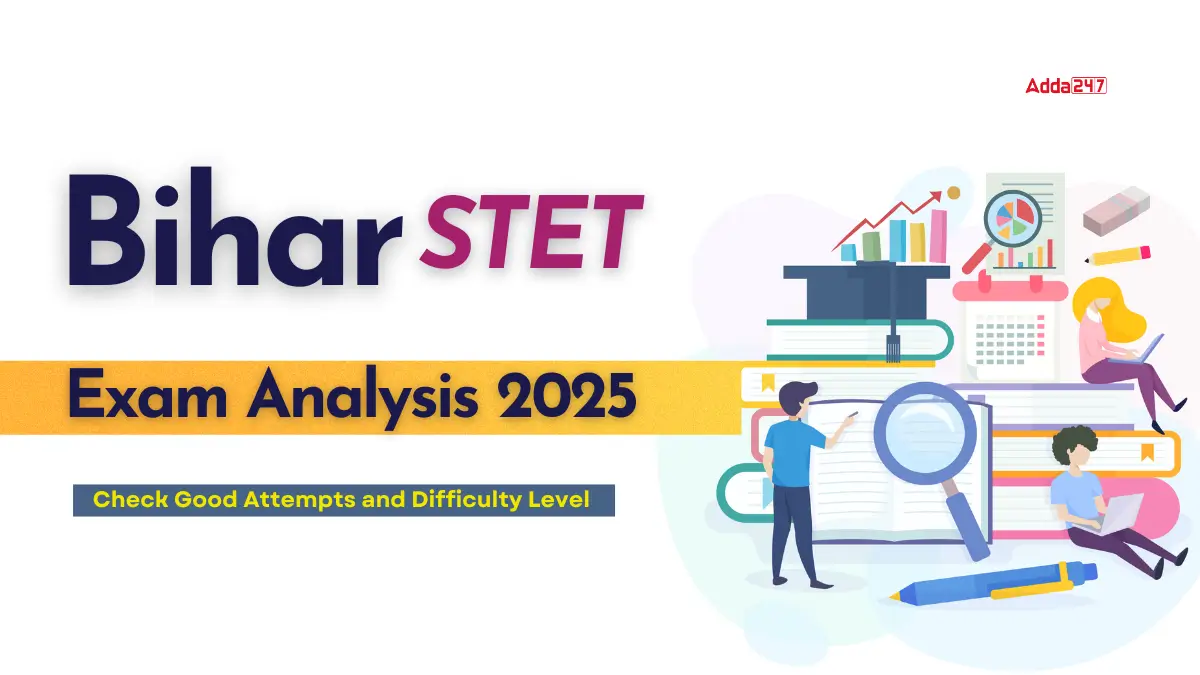
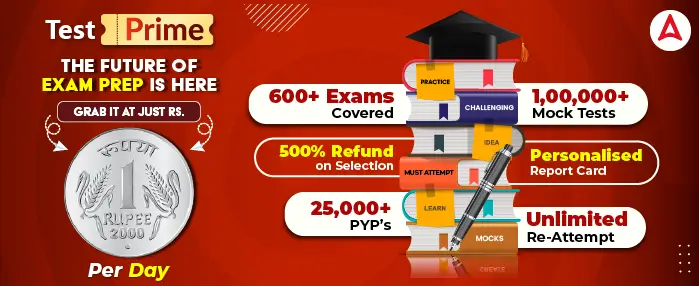
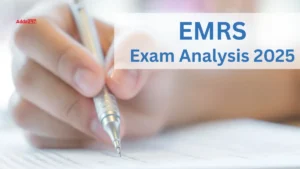 EMRS Exam Analysis 2025 for 14 Dec, Post...
EMRS Exam Analysis 2025 for 14 Dec, Post...
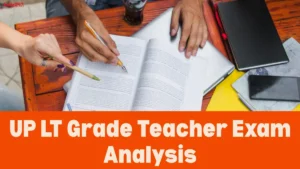 UP LT Grade Teacher Exam Analysis 2025 o...
UP LT Grade Teacher Exam Analysis 2025 o...
